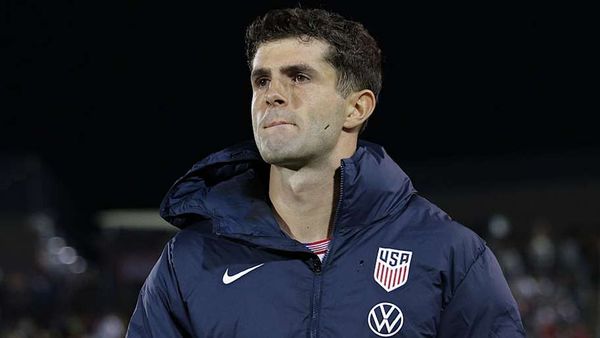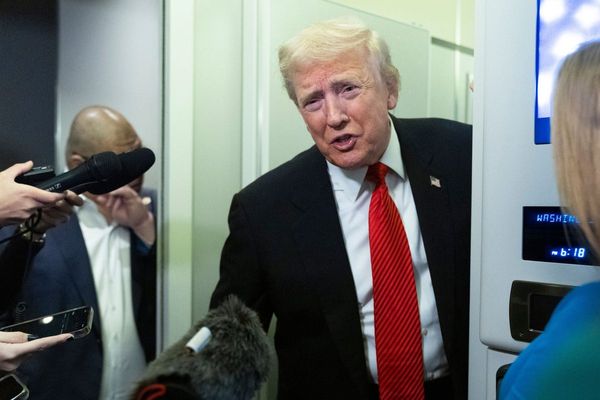
- A driverless car feature found in an estimated 2.6 million Tesla automobiles on U.S. roads, Smart Summon and its more advanced cousin Actually Smart Summon, is at the heart of an investigation by the National Highway Traffic Safety Administration, or NHTSA. It highlights the risks associated with CEO Elon Musk's plans to roll out unsupervised Full Self-Driving starting in Texas this year.
U.S. federal traffic safety authorities opened an investigation into CEO Elon Musk’s fully automated driving feature estimated to be found in 2.6 million Teslas on American roads.
The probe involves a command that typically allows owners to summon the vehicle remotely in a parking lot; it then drives over at a low speed to collect the driver. Unlike Musk’s Full Self-Driving (FSD) software still in development, Actually Smart Summon is fully released and no human is needed directly behind the wheel in order to initiate and execute the maneuver.
It highlights the risks associated with Musk’s plan to begin offering an unsupervised version of FSD starting in Texas this year. Wedbush Securities analysts have argued that the incoming Trump administration will use its influence to facilitate the rollout of this technology.
“[NHTSA] is aware of multiple crash allegations, involving both Smart Summon and Actually Smart Summon, where the user had too little reaction time to avoid a crash, either with the available line of sight or releasing the phone app button, which stops the vehicle’s movement,” the National Highway Traffic Safety Administration stated in a regulatory filing published on Monday.
Musk's management of Tesla has resulted in numerous investigations and recalls of his vehicles over recent years as the innovator pushes the boundaries of what Tesla is allowed to do under law. By comparison, Brussels' more stringent regulatory approach to traffic safety means FSD still isn't permitted in the European Union.
Tesla's Cybertruck is not under investigation, since it has no Smart Summon
Four of Tesla’s five product lines across a period of up to 10 years were affected, starting with the 2016 Model S. Only the Cybertruck was left out of the investigation entirely, as Tesla has not yet enabled it.
NHTSA records indicate it acted after following up one single report by an owner (officially known as a Vehicle Owner’s Questionnaire, or VOQ) and reviewing three other instances of a crash reported by the media before launching the investigation into Actually Smart Summon.
“All four incidents involve the subject Tesla vehicles operating in Actually Smart Summon failing to detect posts or parked vehicles, resulting in a crash,” the regulatory filing stated.
It did however have 12 further VOQs related to similar crashes involving Smart Summon, the earlier, less intelligent version of the feature. (Actually Smart Summon enhances the feature’s operating range while improving on its phone app through the addition of live camera feeds and lower latency.)
Tesla never reported problems with Smart Summon to traffic safety authorities
The Tesla CEO's well-documented dim view of regulators may explain why NHTSA said it was acting in part because of an alleged compliance failure by Musk's company.
“Tesla has not reported any Smart Summon or Actually Smart Summon crashes through the Standing General Order for crashes involving [automated driving systems] or [advanced driver assist systems], which requires reporting of crashes on publicly accessible roads,” the federal regulator in charge of national traffic safety stated.
A similar alleged reporting lapse in the area of automated driving already led to tech startup Cruise losing its robotaxi operating license in October 2023, though that is not likely in this case—not the least of which because Tesla avoided this pitfall by simply telling regulators that their cars are not robo-taxis and require human drivers to operate.
Tesla could not be reached by Fortune for a response.
Musk in charge of eliminating government waste—and he's starting with regulators
Whether this preliminary investigation results in any adverse outcome for Tesla can be debated. The country is just weeks away from President-elect Donald Trump entering the White House, whose successful campaign for the presidency was heavily financed by the Tesla CEO.
The market value of his carmaker soared in the immediate aftermath of Trump's November victory at the ballot box, as shareholders speculated the pro-business former President known for his transactional approach to governing might give Musk more of a voice in return.
The CEO and largest shareholder of Tesla has already been promised the unofficial role of government efficiency czar. There, Musk will run his business empire while using his influence; critics have been concerned he might starve authorities of the human and financial resources needed to pursue investigations.
Musk, has gone on the record saying he wants to eliminate over three-quarters of all federal agencies. He argues they remain the biggest impediment to economic growth and contribute heavily to government spending that he claims lies at the root of consumer price inflation.







